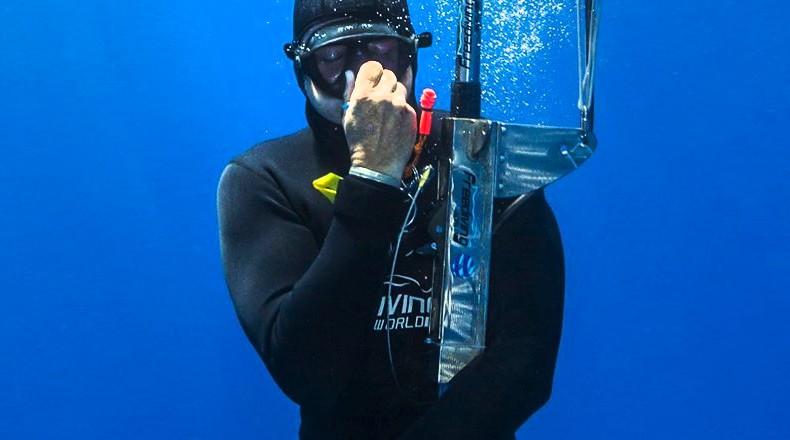Equalization Methods

inner ear. Moreover, without proper mask equalization, the compressed air under the faceplate will painfully crush the mask to your face as you descend. It is important to remember, that for successful ear clearing, one must clear early, often and gently. Don’t force clearing and don’t dive with a cold.
Valsalva method:
Antonio Valsalva lived in the 1700’s and was the first to record a technique for pressurization of the middle ears. With the nostrils pinched closed, pressure is increased in the chest. An attempt is made to blow out the closed nostrils and cheek muscles are kept tight and retracted, not puffed out. With this technique, gradients of 6-10′ of sea water can be achieved. This technique does have some disadvantages, however, as prolonged effort can cause venous engorgement of the tissues around the Eustachian tubes. It also causes a decrease in venous return to the heart and can lower blood pressure if the effort is prolonged. It’s the easiest and most intuitive of the techniques and usually is what someone will perform on their own with no other training.
Frenzel method:
Herman Frenzel was a Luftwaffe commander who taught this technique to dive bomber pilots during WW2. The pressure changes in commercial aviation are usually much more gentle and occur more slowly than in freediving. A dive bomber pilot will experience pressure changes more rapidly however, much the same as in freediving. The technique developed for flying is to close off the vocal cords, as though you are about to lift a heavy weight. The nostrils are pinched closed and an effort is made to make a “K” or guttural “guh” sound. By doing this you raise the back 1/3 of the tongue and the “Adams Apple” will elevate. For this reason they call the technique the “throat piston”. A freediver is actually making a piston out of the back of the tongue, pushing it upward. This method compresses air in the back of the throat and the pressurization effort can be seen in the fleshy tissues of the nose.
Toynbee method:
Joseph Toynbee lived in the 1800’s and he first identified the crackling sound present in ones’ head with the anatomic opening of the Eustachian tube during swallowing. His technique is to pinch nostrils shut while swallowing. The muscles in the back of the throat pull open the Eustachian tube and allow air to equalize if a gradient is present. This technique is not recommended for rapid descent as there is no margin for error if the Eustachian tube does not equalize on first effort. If a middle ear squeeze is already occurring, it will be more difficult for the Eustachian tube to be pulled open.
Some other equalizing methods are:
- Beance Tubaire Volontaire,
- Roydhouse,
- Edmonds,
- Lowry,
- Twitch.
